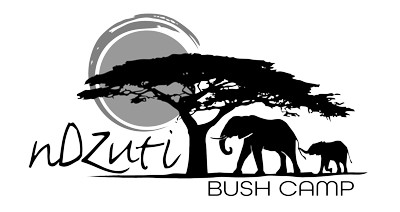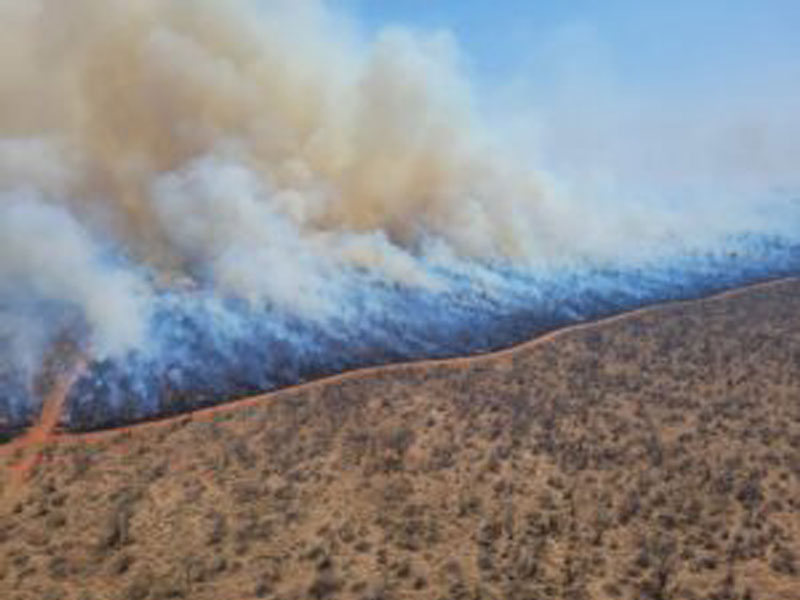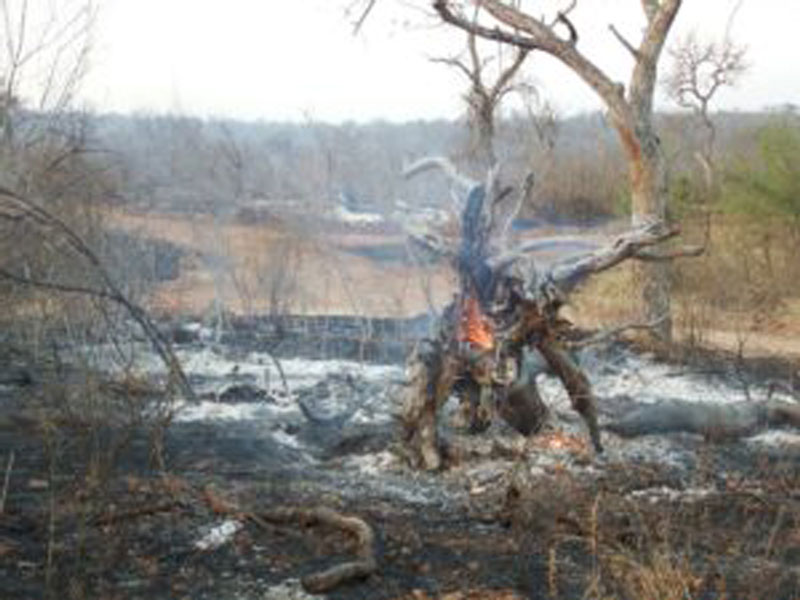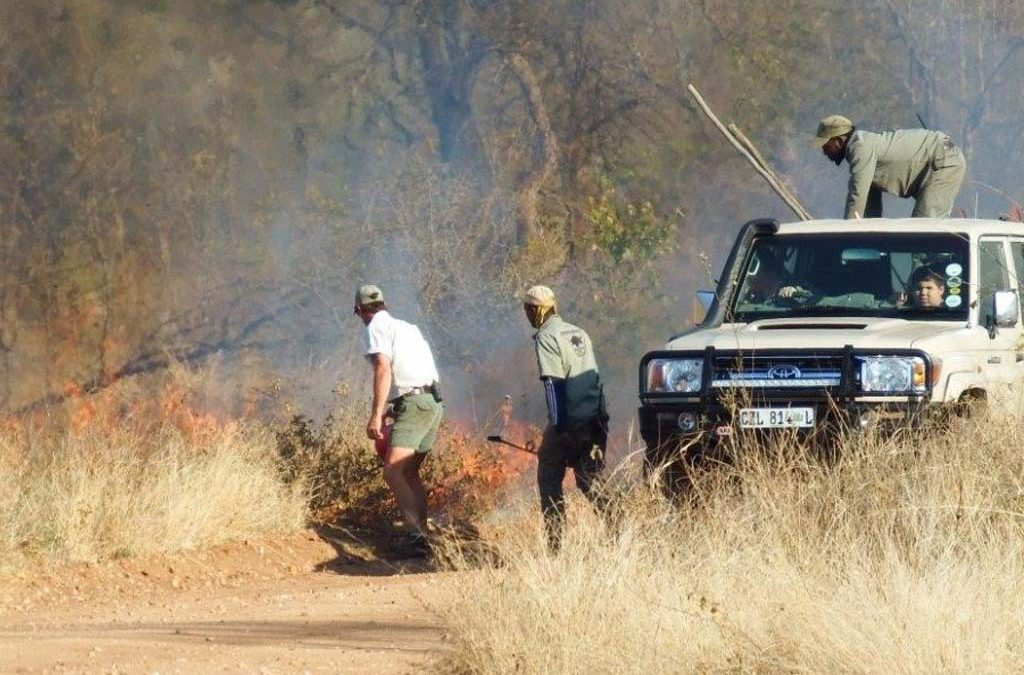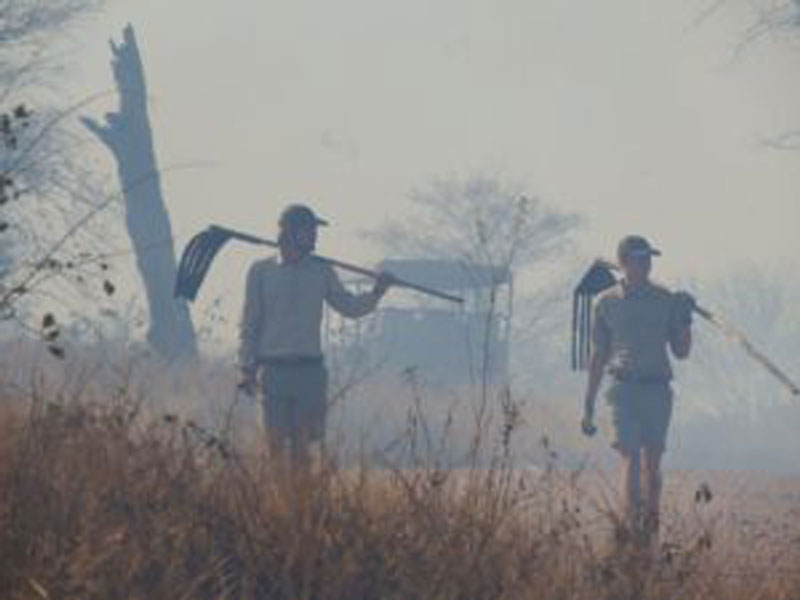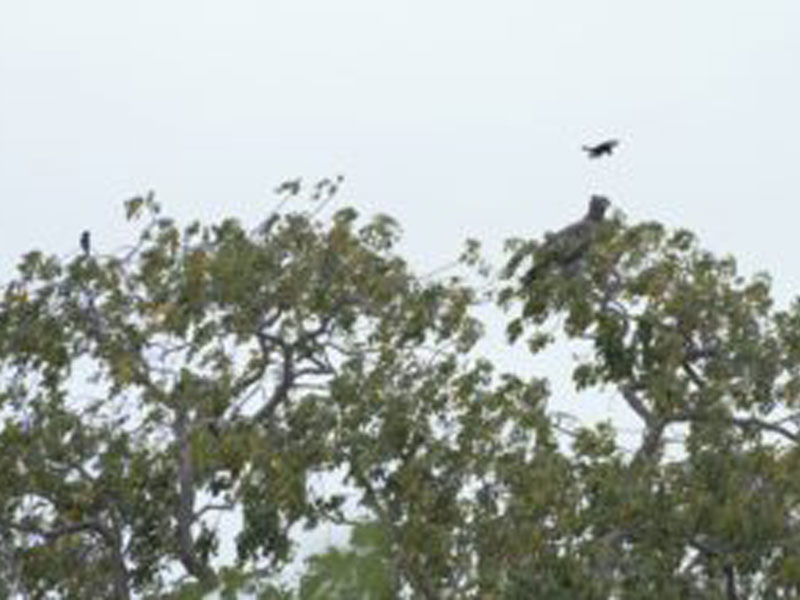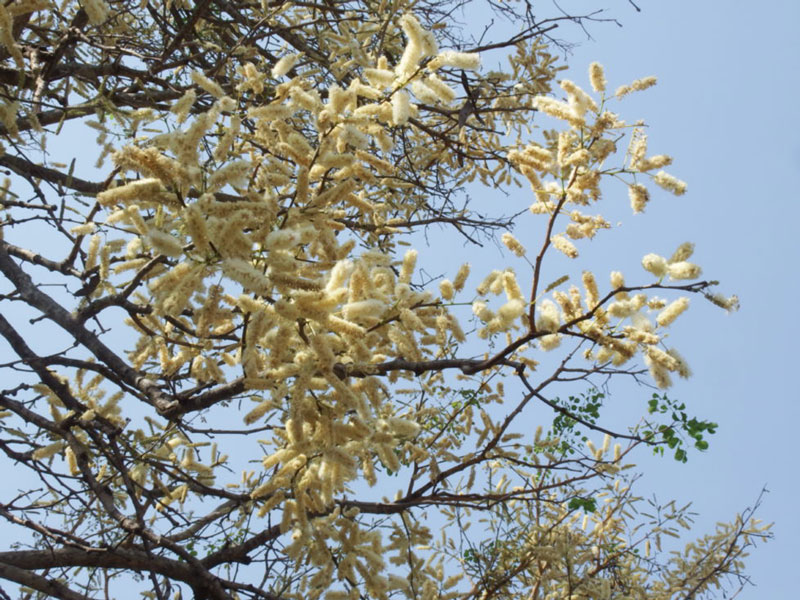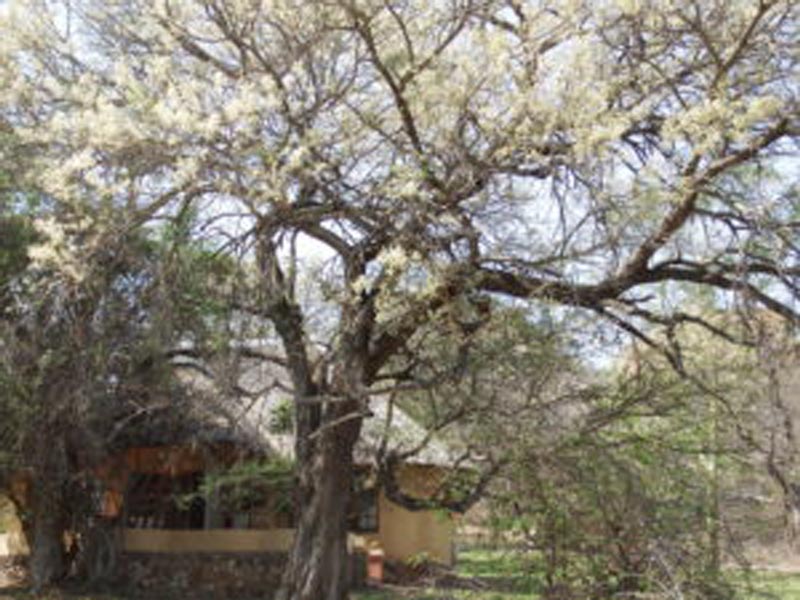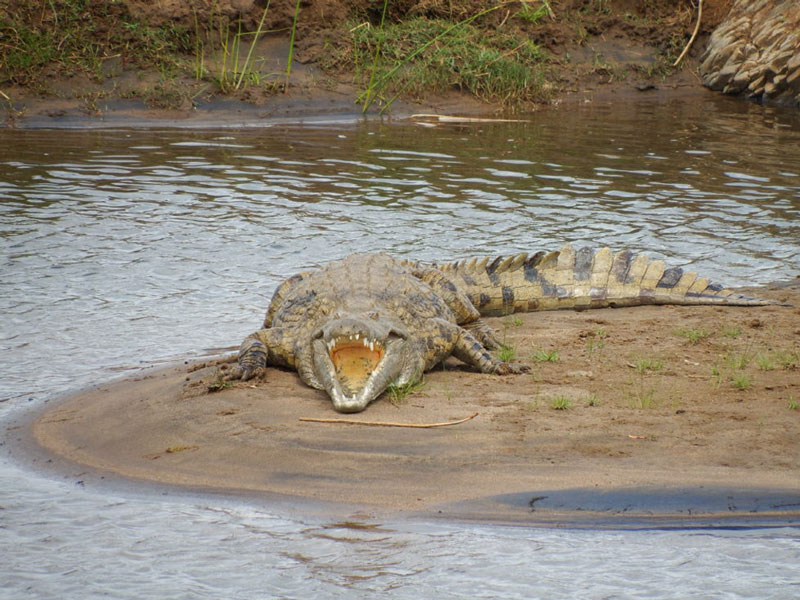Farewell to the August arrivals; Wahlberg Eagles
A year in the Africa bush; comprising of the earth’s journey around the sun This is punctuated by the seasons and the arrivals of migrant birds, insects, frogs and changes in our evening skies. After the winter solstice in June, the days almost immediately seem to get light earlier and we are racing our way into summer. August is considered a month when we are still in the dry season and late winter. Our first migratory birds to arrive in the southern skies are the dependable Wahlberg’s eagles, coming from north-eastern Africa to breed here. These medium-sized eagles have a confusing range of colour forms from dark brown to a pale white and are easily recognisable as they tend to come back to the same nest site year after year. They nest below the tree canopy in a fork of a tree, typically knob-thorns in this area. They set about preparing for breeding almost immediately after arriving, lining the nest with green leaves and calling to each other frequently. They are often hounded in flight by smaller birds such as fork-tailed drongos who are known for their tenacity in “mobbing” birds of prey; both during flight and while perched.
In flight Wahlberg eagles are easy to recognise, they look like two planks of wood nailed together. Their wings and straight-edged and square with a narrow square-edged body and tail. While perched they may display a small crest and the dark eye is underlined by a yellow fleshy streak called a cere that typically extends only to the middle of the eye in the Wahlberg’s Eagle. The feathers on their legs resemble baggy leggings.
The eagle pair work hard after their long flight south with preparing the nest, then incubating a single egg for about 45 days then going on into a nestling period of over 70 days during which time she will incubate and feed and he hunts and brings food. They are dedicated parents indeed.
And, so in late March as our days grow shorter, we watch them teach their fledgeling to fly before embarking on the migration to other African parts. These feisty eagles captured the attention of a young Swedish naturalist; Johan August Wahlberg after whom they are named.
He was tragically killed by a wounded elephant in the Okavango but not before many animals big and small were named after him.

